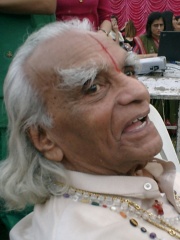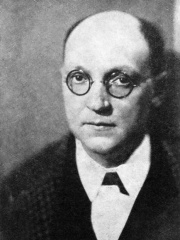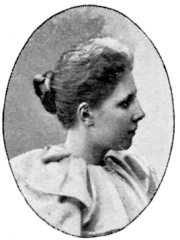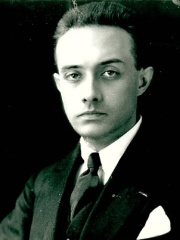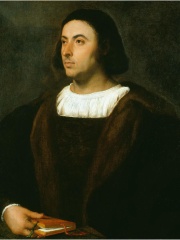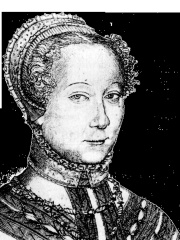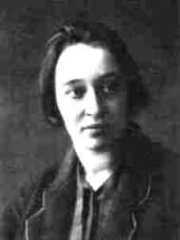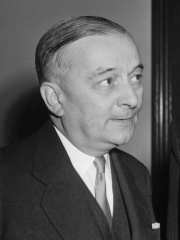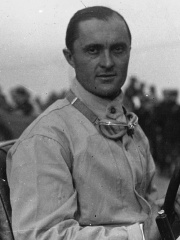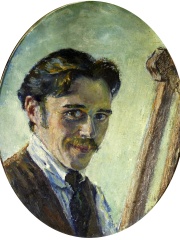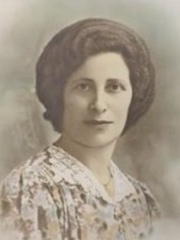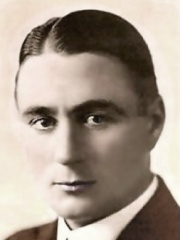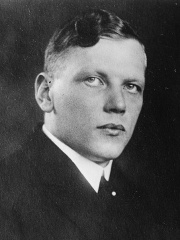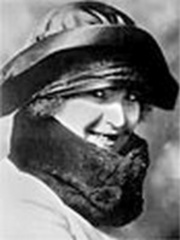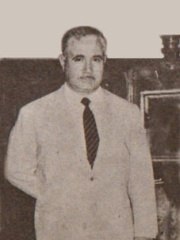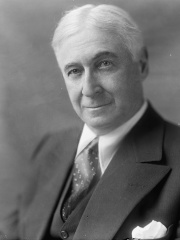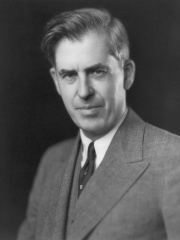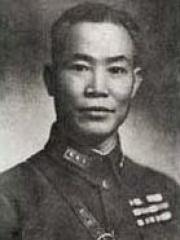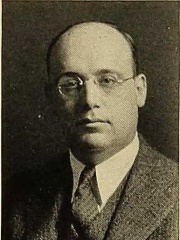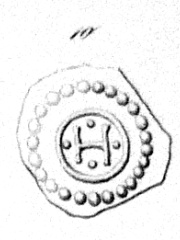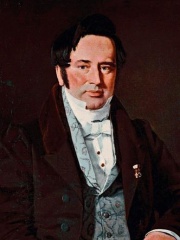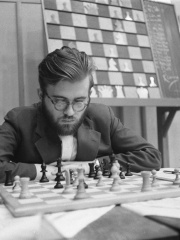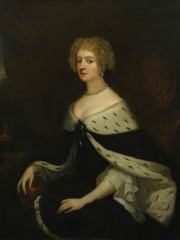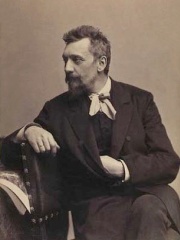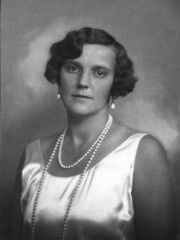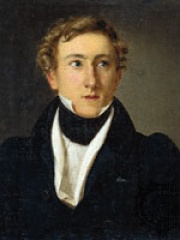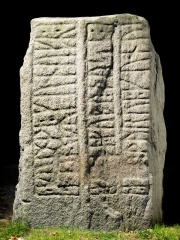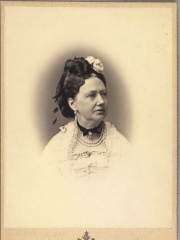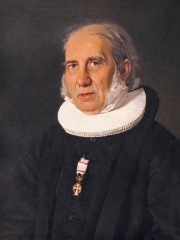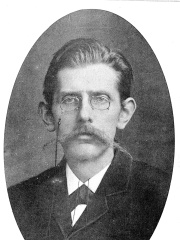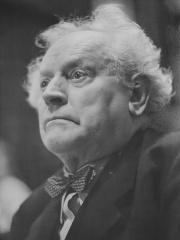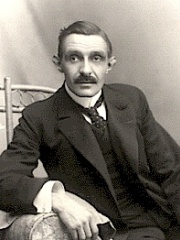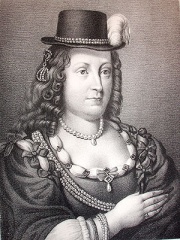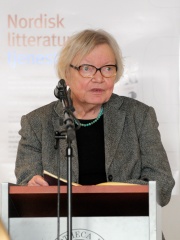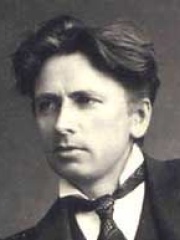WRITER
Aksel Sandemose
1899 - 1965
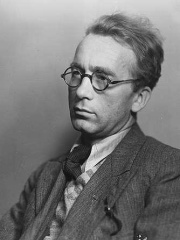
 Aksel Sandemose
Aksel Sandemose
Aksel Sandemose (né Axel Nielsen; 19 March 1899 – 6 August 1965) was a Danish-Norwegian writer whose works frequently elucidate the theme that the repressions of society lead to violence. Read more on Wikipedia
Since 2007, the English Wikipedia page of Aksel Sandemose has received more than 113,097 page views. His biography is available in 27 different languages on Wikipedia. Aksel Sandemose is the 1,503rd most popular writer (down from 1,243rd in 2019), the 166th most popular biography from Denmark (down from 133rd in 2019) and the 16th most popular Danish Writer.
Aksel Sandemose is most famous for his novel, A Fugitive Crosses His Tracks, which is about a man who is born into a society that does not understand him.
Memorability Metrics
110k
Page Views (PV)
58.44
Historical Popularity Index (HPI)
27
Languages Editions (L)
7.97
Effective Languages (L*)
1.95
Coefficient of Variation (CV)
Notable Works
Page views of Aksel Sandemoses by language
Over the past year Aksel Sandemose has had the most page views in the English wikipedia edition with 14,151 views, followed by Swedish (10,317), and Danish (7,969). In terms of yearly growth of page views the top 3 wikpedia editions are Basque (70.21%), Egyptian Arabic (69.63%), and German (57.07%)
Among WRITERS
Among writers, Aksel Sandemose ranks 1,503 out of 7,302. Before him are B. K. S. Iyengar, Nora Roberts, Georges Duhamel, Ibn al-Khatib, Elsa Beskow, and Guillaume de Lorris. After him are Henry de Montherlant, Jacopo Sannazaro, Olaus Petri, Jonas Mekas, George of Pisidia, and Louise Labé.
Most Popular Writers in Wikipedia
Go to all RankingsB. K. S. Iyengar
1918 - 2014
HPI: 58.49
Rank: 1,497
Nora Roberts
1950 - Present
HPI: 58.48
Rank: 1,498
Georges Duhamel
1884 - 1966
HPI: 58.48
Rank: 1,499
Ibn al-Khatib
1313 - 1374
HPI: 58.48
Rank: 1,500
Elsa Beskow
1874 - 1953
HPI: 58.47
Rank: 1,501
Guillaume de Lorris
1200 - 1238
HPI: 58.46
Rank: 1,502
Aksel Sandemose
1899 - 1965
HPI: 58.44
Rank: 1,503
Henry de Montherlant
1895 - 1972
HPI: 58.44
Rank: 1,504
Jacopo Sannazaro
1458 - 1530
HPI: 58.44
Rank: 1,505
Olaus Petri
1493 - 1552
HPI: 58.42
Rank: 1,506
Jonas Mekas
1922 - 2019
HPI: 58.42
Rank: 1,507
George of Pisidia
580 - 634
HPI: 58.42
Rank: 1,508
Louise Labé
1524 - 1566
HPI: 58.41
Rank: 1,509
Contemporaries
Among people born in 1899, Aksel Sandemose ranks 67. Before him are Nadezhda Mandelstam, Philipp Bouhler, Georges Bidault, Louis Chiron, Burt Munro, and Princess Margaretha of Sweden. After him are Yaakov Dori, Erwin Bowien, Adam Rainer, Emma Morano, Marcel Achard, and Raoul Salan. Among people deceased in 1965, Aksel Sandemose ranks 41. Before him are Lauri Törni, Sydney Chaplin, Clara Bow, Hans Knappertsbusch, Angelica Balabanoff, and Muhammad Najib ar-Ruba'i. After him are Carl Oberg, Bernard Baruch, Henry A. Wallace, Chen Cheng, Hayato Ikeda, and Jesse Douglas.
Others Born in 1899
Go to all RankingsNadezhda Mandelstam
WRITER
1899 - 1980
HPI: 59.41
Rank: 61
Philipp Bouhler
POLITICIAN
1899 - 1945
HPI: 59.41
Rank: 62
Georges Bidault
POLITICIAN
1899 - 1983
HPI: 59.37
Rank: 63
Louis Chiron
RACING DRIVER
1899 - 1979
HPI: 59.26
Rank: 64
Burt Munro
POLITICIAN
1899 - 1978
HPI: 58.95
Rank: 65
Princess Margaretha of Sweden
NOBLEMAN
1899 - 1977
HPI: 58.63
Rank: 66
Aksel Sandemose
WRITER
1899 - 1965
HPI: 58.44
Rank: 67
Yaakov Dori
POLITICIAN
1899 - 1973
HPI: 58.42
Rank: 68
Erwin Bowien
PAINTER
1899 - 1972
HPI: 58.41
Rank: 69
Adam Rainer
RELIGIOUS FIGURE
1899 - 1950
HPI: 58.37
Rank: 70
Emma Morano
RELIGIOUS FIGURE
1899 - 2017
HPI: 58.34
Rank: 71
Marcel Achard
WRITER
1899 - 1974
HPI: 58.15
Rank: 72
Raoul Salan
MILITARY PERSONNEL
1899 - 1984
HPI: 57.99
Rank: 73
Others Deceased in 1965
Go to all RankingsLauri Törni
MILITARY PERSONNEL
1919 - 1965
HPI: 58.83
Rank: 35
Sydney Chaplin
ACTOR
1885 - 1965
HPI: 58.69
Rank: 36
Clara Bow
ACTOR
1905 - 1965
HPI: 58.69
Rank: 37
Hans Knappertsbusch
CONDUCTOR
1888 - 1965
HPI: 58.57
Rank: 38
Angelica Balabanoff
POLITICIAN
1878 - 1965
HPI: 58.57
Rank: 39
Muhammad Najib ar-Ruba'i
POLITICIAN
1904 - 1965
HPI: 58.51
Rank: 40
Aksel Sandemose
WRITER
1899 - 1965
HPI: 58.44
Rank: 41
Carl Oberg
SOCIAL ACTIVIST
1897 - 1965
HPI: 58.41
Rank: 42
Bernard Baruch
BUSINESSPERSON
1870 - 1965
HPI: 58.18
Rank: 43
Henry A. Wallace
POLITICIAN
1888 - 1965
HPI: 58.09
Rank: 44
Chen Cheng
POLITICIAN
1897 - 1965
HPI: 57.84
Rank: 45
Hayato Ikeda
POLITICIAN
1899 - 1965
HPI: 57.75
Rank: 46
Jesse Douglas
MATHEMATICIAN
1897 - 1965
HPI: 57.54
Rank: 47
In Denmark
Among people born in Denmark, Aksel Sandemose ranks 166 out of 1,032. Before him are Paul Elvstrøm (1928), Haakon III of Norway (1182), Adam Oehlenschläger (1779), Bent Larsen (1935), Preben Elkjær (1957), and Princess Frederica Amalia of Denmark (1649). After him are Carl Bloch (1834), Princess Margaret of Denmark (1895), Anne of Denmark, Electress of Saxony (1532), August Bournonville (1805), Thyra (800), and Princess Marie Luise Charlotte of Hesse-Kassel (1814).
Others born in Denmark
Go to all RankingsPaul Elvstrøm
BUSINESSPERSON
1928 - 2016
HPI: 58.63
Rank: 160
Haakon III of Norway
POLITICIAN
1182 - 1204
HPI: 58.62
Rank: 161
Adam Oehlenschläger
WRITER
1779 - 1850
HPI: 58.52
Rank: 162
Bent Larsen
CHESS PLAYER
1935 - 2010
HPI: 58.49
Rank: 163
Preben Elkjær
SOCCER PLAYER
1957 - Present
HPI: 58.47
Rank: 164
Princess Frederica Amalia of Denmark
NOBLEMAN
1649 - 1704
HPI: 58.46
Rank: 165
Aksel Sandemose
WRITER
1899 - 1965
HPI: 58.44
Rank: 166
Carl Bloch
PAINTER
1834 - 1890
HPI: 58.39
Rank: 167
Princess Margaret of Denmark
POLITICIAN
1895 - 1992
HPI: 58.34
Rank: 168
Anne of Denmark, Electress of Saxony
POLITICIAN
1532 - 1585
HPI: 58.13
Rank: 169
August Bournonville
DANCER
1805 - 1879
HPI: 58.06
Rank: 170
Thyra
POLITICIAN
800 - 958
HPI: 58.05
Rank: 171
Princess Marie Luise Charlotte of Hesse-Kassel
NOBLEMAN
1814 - 1895
HPI: 58.03
Rank: 172
Among WRITERS In Denmark
Among writers born in Denmark, Aksel Sandemose ranks 16. Before him are N. F. S. Grundtvig (1783), Jens Peter Jacobsen (1847), Jussi Adler-Olsen (1950), Martin Andersen Nexø (1869), Torben Ulrich (1928), and Adam Oehlenschläger (1779). After him are Ole Nydahl (1941), Herman Bang (1857), Leonora Christina Ulfeldt (1621), Kaj Munk (1898), Inger Christensen (1935), and Jeppe Aakjær (1866).
N. F. S. Grundtvig
1783 - 1872
HPI: 62.57
Rank: 10
Jens Peter Jacobsen
1847 - 1885
HPI: 62.42
Rank: 11
Jussi Adler-Olsen
1950 - Present
HPI: 61.61
Rank: 12
Martin Andersen Nexø
1869 - 1954
HPI: 61.32
Rank: 13
Torben Ulrich
1928 - 2023
HPI: 58.90
Rank: 14
Adam Oehlenschläger
1779 - 1850
HPI: 58.52
Rank: 15
Aksel Sandemose
1899 - 1965
HPI: 58.44
Rank: 16
Ole Nydahl
1941 - Present
HPI: 57.49
Rank: 17
Herman Bang
1857 - 1912
HPI: 55.60
Rank: 18
Leonora Christina Ulfeldt
1621 - 1698
HPI: 55.57
Rank: 19
Kaj Munk
1898 - 1944
HPI: 55.52
Rank: 20
Inger Christensen
1935 - 2009
HPI: 55.29
Rank: 21
Jeppe Aakjær
1866 - 1930
HPI: 55.28
Rank: 22
